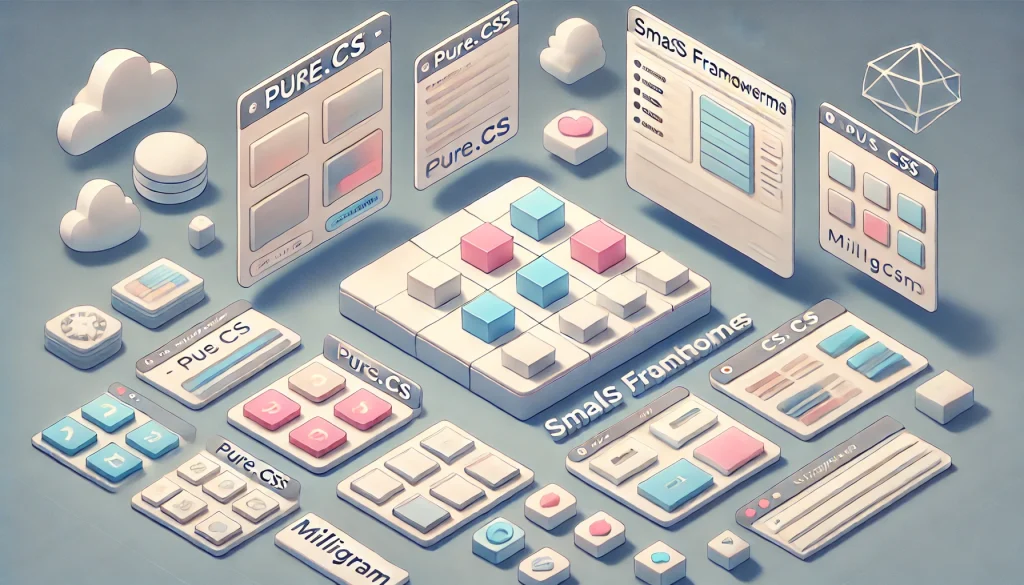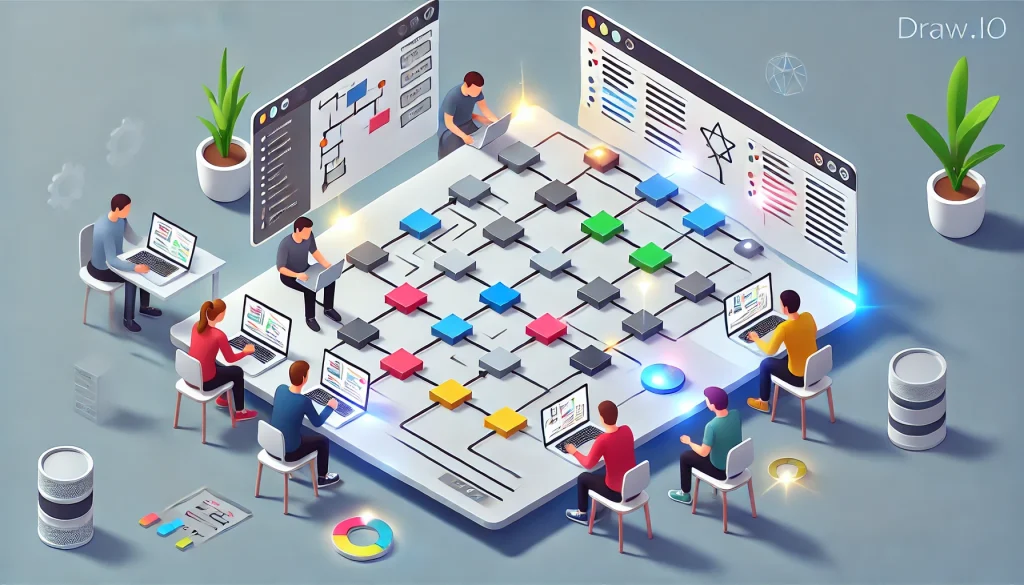While Bootstrap remains a powerhouse for building responsive sites quickly, many developers seek fresh approaches to front-end styling and UI design. Enter these 10 free, open-source libraries, each offering a unique spin—whether it’s minimal, utility-first, or specialized for React. If you’re ready to broaden your toolkit or reduce reliance on the Bootstrap “look,” check out these compelling alternatives.

1. Bulma
Why It’s Great
- 100% CSS: No JavaScript dependencies, so you can layer it onto any JS framework or vanilla HTML.
- Modern Flexbox: Bulma uses flexbox for layout, ensuring consistent responsiveness.
- Simple & Modular: You can import only specific elements (like grid or cards) to keep bloat low.
Use Cases:
- Teams wanting a lighter, more flexible style system without the complexity of heavy JS plugins.
- Developers who like semantic class names (like
.hero,.tile) for designing layouts quickly.
2. Tailwind CSS
Why It’s Booming
- Utility-First: Provides low-level utility classes (e.g.,
text-gray-700,mt-4), letting you build UI elements with minimal custom CSS. - Highly Configurable: The
tailwind.config.jsfile allows theme customization, color palettes, breakpoints, and more. - Performance: PurgeCSS or JIT mode removes unused utilities, resulting in small final CSS files.
Use Cases:
- Devs who prefer working directly with utility classes, skipping the overhead of writing additional CSS.
- Building consistent design systems for large apps—once you define your brand colors and spacing in the config, you can keep styling consistent.
3. Material-UI (MUI) for React
What It Offers
- Material Design: Implements Google’s Material guidelines for a familiar, polished look.
- React Components: Over 100 prebuilt components (buttons, forms, dialogs) with theming support.
- Theming & Customization: Quickly adjust colors, typography, shape, transitions via a single theme object.
Use Cases:
- React devs seeking a consistent, enterprise-ready design approach.
- Apps that want a modern, “material” aesthetic with minimal custom overrides.
Note: If you prefer a general Material library, check out Material Components Web for non-React usage.
4. Chakra UI
Why React Devs Love It
- Simplicity: Provides a set of composable, accessible React components that look good by default.
- Theming: Central theme file for consistent design tokens (colors, spacing).
- Accessible By Design: Built-in focus management, ARIA attributes, etc.
Use Cases:
- If your React project needs quick development with minimal overhead.
- Teams valuing an opinionated but flexible approach to styling.
5. Semantic UI
Why It’s Known
- Human-Friendly Class Names: Classes read like English phrases, e.g.
.ui three column grid. - Rich Components: Modals, dropdowns, progress bars—Mirroring typical UI patterns with minimal extra code.
- Theming: Choose from default or customize color palettes, site-wide theme config.
Use Cases:
- Projects preferring a verbose but readable approach to HTML classes, bridging design descriptions with code.
- If you want a well-documented system that doesn’t revolve around utility-first or scss-based patterns.
6. Foundation
Why It’s Still Relevant
- Responsive Pioneer: Foundation was an early competitor to Bootstrap, focusing on mobile-first.
- Customizable: Sass-based approach with modular components for advanced dev usage.
- Accessibility: Emphasizes a11y in prebuilt components like dropdowns or orbit carousels.
Use Cases:
- Larger or more advanced dev teams that prefer a less opinionated layout approach than Bootstrap.
- Looking for deeper Sass integration for a flexible, professional aesthetic.
7. Pure.css
Why It’s Lightweight
- Tiny: Under 4KB compressed, purely CSS-based.
- Modular: Import only the parts you need (like grids, forms, menus).
- Minimal: No fancy components, just the essentials for layout and basic styling.
Use Cases:
- If you want near-zero overhead styling, adding minor convenience classes for forms, grids, or typography.
- Perfect for personal or small projects needing quick styling with minimal overhead.
8. Milligram
Why It’s Unique
- Ultra Lightweight: ~2KB minified.
- Modern: Provides a fluid grid, typography, forms, buttons—enough for skeleton designs.
- No Extra: Avoids advanced components, making it easy to layer in your own scripts or partial frameworks.
Use Cases:
- Building prototypes fast or simple landing pages without heavy frameworks.
- Devs who prefer a minimal design baseline, especially for quick PoCs.
9. Base Web (Uber)
What It Offers
- React-Driven Components: Lends a variety of UI building blocks, from simple inputs to complex layered z-index popovers.
- Theming System: Customize colors, typography, shapes, and motion using a theme object.
- Accessibility & Globalization: Built with robust a11y considerations plus direction support for LTR/RTL.
Use Cases:
- React devs wanting a modern approach (like Material UI or Chakra) but with an emphasis on dynamic theming or advanced components.
- If you want “design system” vibes from an open-source library.
10. Gov.UK Design System
Why It’s Interesting
- Government-Grade: Developed by the UK government for consistent, accessible web services.
- Accessibility: Highly tested for a wide audience with various needs.
- Free & Open-Source: Though brand-specific, devs can adapt some patterns for universal usage.
Use Cases:
- Sites needing top-tier accessibility compliance.
- Inspiration for minimal, service-oriented design patterns that are tested on large-scale public platforms.
Closing Thoughts

Each of these 10 free front-end UI libraries steps beyond the realm of Bootstrap, offering fresh takes on styling, theming, or component-based development. Whether you prefer a utility-first approach (Tailwind), a robust React library (Material-UI, Chakra, Base Web), or a minimal “drop-in” CSS solution (Bulma, Pure.css), you can find an option that suits your project’s complexity and design philosophy. By exploring these open-source frameworks, devs can create polished, responsive UIs without licensing fees or the ubiquitous “Bootstrap look.”
Key Takeaways:
- Utility-first frameworks (Tailwind) prioritize flexible styling with minimal custom CSS.
- Component-based solutions (Material-UI, Chakra) fit perfectly in React ecosystems.
- Lightweight libraries (Bulma, Pure, Milligram) deliver structured styling with minimal overhead.
- Adapt your selection to your team’s needs: dynamic theming, accessibility, or easy integration with your dev workflow.
Ditching or supplementing Bootstrap can refresh your design approach—try a few of these frameworks and see how your UI, developer productivity, and overall styling synergy improve.















